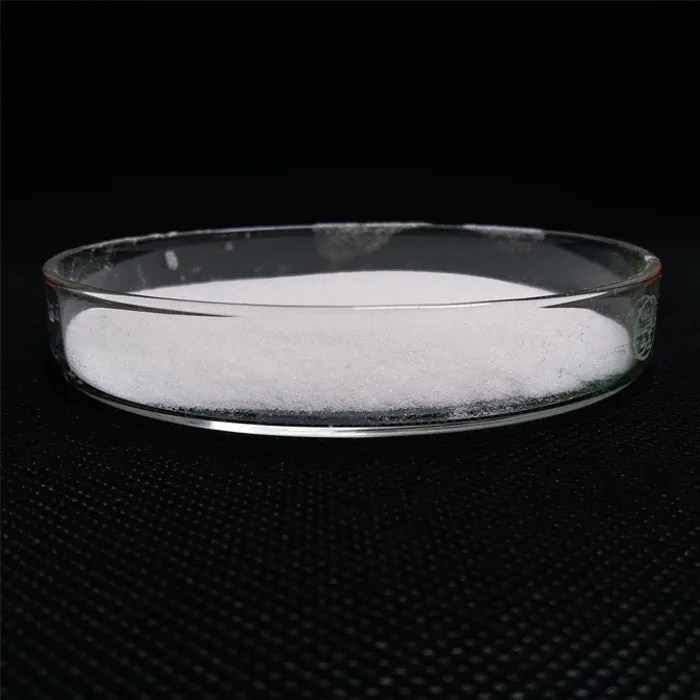Chemicals Used in STP Plants
Sewage Treatment Plants (STPs) play a critical role in maintaining public health and environmental integrity by treating wastewater before it's released back into the environment. Central to the effectiveness of these plants is the use of various chemicals, which facilitate different stages of the treatment process. This article will explore the key chemicals commonly utilized in STP operations, their purposes, and their impacts on the treatment process.
1. Coagulants and Flocculants
One of the first steps in wastewater treatment is to remove suspended solids. Coagulants such as alum (aluminum sulfate), ferric chloride, and polyaluminum chloride are commonly used for this purpose. These chemicals neutralize the charges of tiny particles in the water, allowing them to clump together, or coagulate. Following coagulation, flocculants, which are often polymer-based, help further aggregate these particles into larger clusters, or flocs, that can be more easily removed from the water. The successful application of these chemicals results in clearer water and improves the efficiency of subsequent treatment stages.
2. Disinfectants
To combat pathogenic microorganisms in treated water, disinfectants are essential. Chlorine has been widely used due to its effectiveness and relatively low cost, but it must be carefully managed because of its potential to form harmful chlorinated compounds. Alternatives such as ozone and ultraviolet (UV) light are becoming more popular as they can disinfect without the addition of chemical residues. Ozone is a powerful oxidizing agent, and while it breaks down quickly, it requires careful handling due to its reactivity. UV disinfection involves exposing water to UV light, effectively inactivating microorganisms without chemical additives.
3. pH Adjusters
Maintaining an optimal pH level in wastewater is crucial for effective treatment. Commonly used pH adjusters include sulfuric acid, sodium hydroxide, and calcium carbonate. These chemicals help neutralize acidic or alkaline conditions that can hinder microbial activity in biological treatment processes. By stabilizing pH, STPs can enhance the efficacy of treatment, particularly during aerobic and anaerobic digestion stages which rely heavily on the activity of specific bacteria.
what are the chemicals used in stp plant

4. Nutrient Additives
Many STPs utilize nutrient additives, primarily nitrogen and phosphorus sources, to support the growth of bacteria that digest organic matter. Ammonium sulfate and urea are common nitrogen sources, while phosphate salts serve as phosphorus supplements. These nutrients are critical in the biochemical treatment phase, where the microbial population thrives on organic material, leading to effective decomposition and stabilization of sewage.
5. Defoamers
Foaming can be a significant issue in wastewater treatment, often affecting treatment efficiency and leading to operational challenges. Defoamers, which are chemical agents designed to reduce surface tension and prevent foam formation, are commonly employed. Silicon-based defoamers are particularly effective and are added in small quantities to maintain smooth operations.
6. Sludge Conditioning Chemicals
After the treatment process, the generated sludge must be processed for disposal or further treatment. Chemicals such as lime, ferric chloride, and polymeric agents are utilized for sludge conditioning. These agents help dewater sludge, making it easier to handle and reducing its volume before final disposal or land application.
Conclusion
The successful operation of a Sewage Treatment Plant relies on a range of chemicals that facilitate the treatment process from the initial removal of solids to the final disinfection of effluent. Each chemical plays a specific role, ensuring that wastewater is treated efficiently, safely, and in an environmentally sound manner. As regulations tighten and technology advances, the use of innovative chemicals and methods will likely continue to evolve to enhance the sustainability and efficiency of STP operations.

